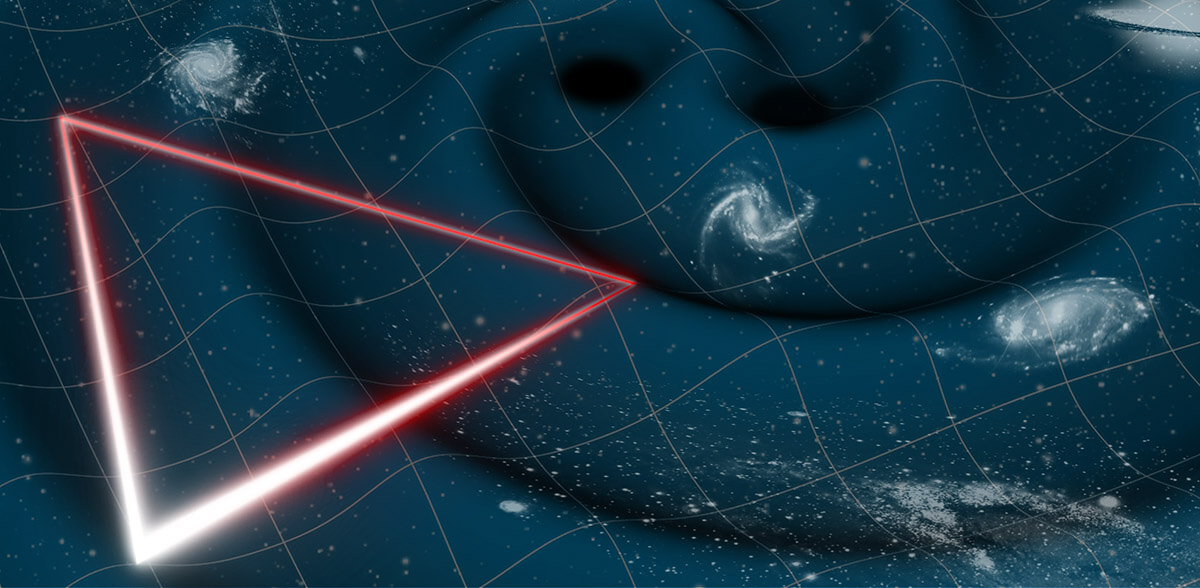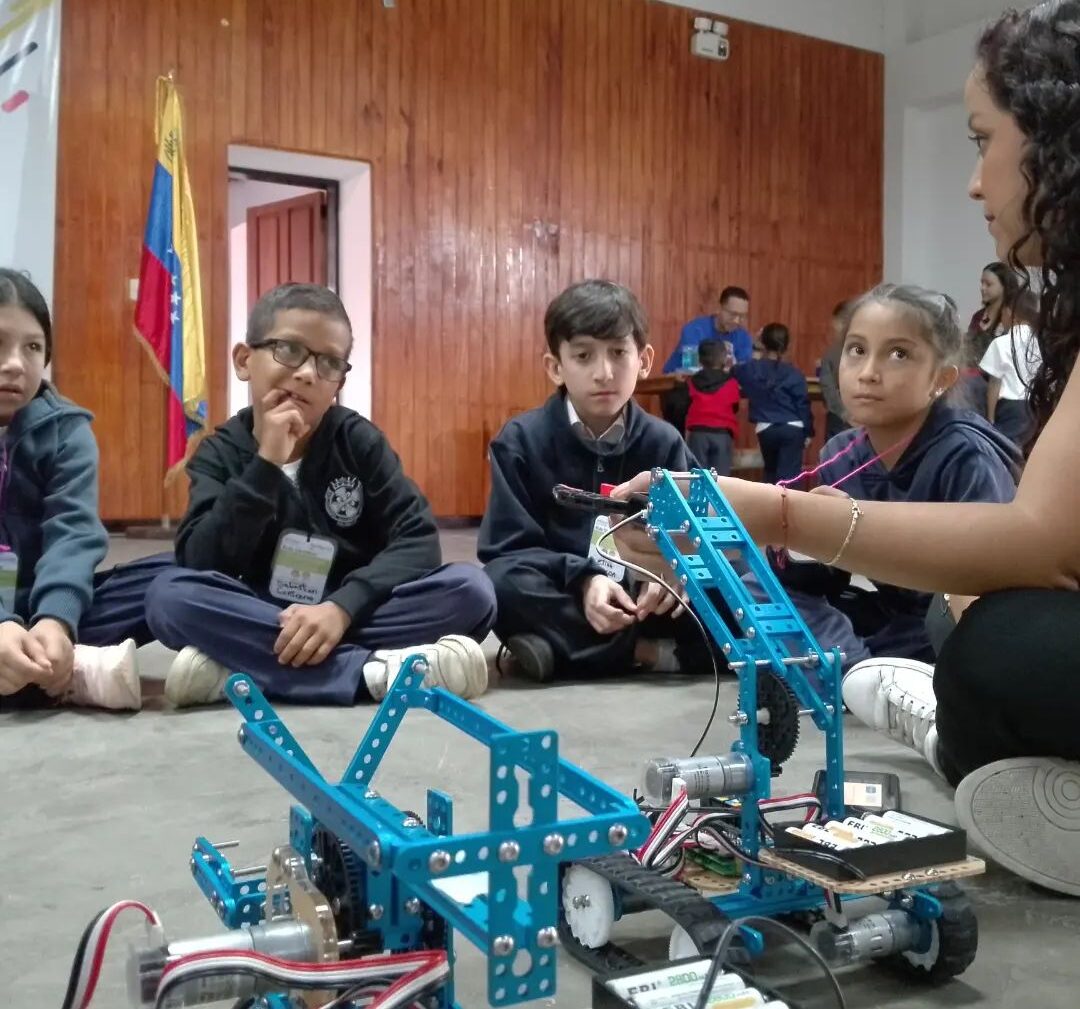The European Space Agency's (ESA) Science Program Committee on Thursday approved the Laser Interferometer Antenna (LISA) mission, the first scientific effort to detect and study gravitational waves from space. This important step, officially called “adoption,” recognizes that the mission concept and technology are sufficiently advanced and gives the green light to build instruments and spacecraft. These works will start in January 2025 once the European industrial contractor has been selected.
LISA is not just one spacecraft, but a constellation of three. They will follow the Earth in its orbit around the sun, forming an exquisitely accurate equilateral triangle in space. Each side of the triangle will be 2.5 million kilometers long (more than six times the distance between Earth and the Moon), and the spacecraft will exchange laser beams across this distance. The three spacecraft are scheduled to be launched in 2035, on an Ariane 6 rocket.
LISA, led by ESA, is made possible by cooperation between ESA, the space agencies of its member states, NASA and an international consortium of scientists (LISA Consortium).
A little over a century ago, Einstein made a revolutionary prediction When massive objects accelerate, they shake the fabric of space-time, producing tiny ripples known as gravitational waves. Thanks to modern technological advances, we can now detect these more elusive signals.
“LISA is an effort that has never been attempted before. Using laser beams at distances of several kilometres, ground-based instruments can detect gravitational waves from events involving star-sized objects, such as supernova explosions or the merger of very dense stars and stellar-mass black holes,” explains Nora. Lutzgendorf, lead scientist on the LISA project: “To expand the boundaries of gravity studies, we must go into space.”
“Thanks to the enormous distance traveled by LISA's laser signals and the remarkable stability of its devices, We will explore gravitational waves with frequencies lower than those possible on Earth, Discovering events at different scales since the beginning of time.
Throughout the universe, LISA will detect ripples in spacetime caused by colliding massive black holes at the centers of galaxies. This will allow scientists to trace the origin of these monster objects, chart how they grow to become millions of times larger than the Sun, and determine the role they play in the evolution of galaxies.
The mission is poised to capture the gravitational “sound” expected in the early moments of the universe Provides a direct view of the first seconds after the Big Bang. In addition, because gravitational waves carry information about the distance of objects they emit, LISA will help researchers measure the change in the expansion of the universe with a different kind of criteria than the techniques used in Euclid and other surveys, and validate their results.
Closer to Earth, in our Galaxy, LISA will detect many pairs of merging objects, such as white dwarfs or neutron stars, and will give us a unique look at the final stages of the evolution of these systems. By determining its location and distances, LISA will improve our understanding of the structure of the Milky Way, building on findings from the European Space Agency's Gaia mission.
“For centuries we have been studying the universe by capturing light. Combining this with the detection of gravitational waves brings a whole new dimension to our perception of the universe,” says Oliver Genrich, LISA project scientist.
To detect gravitational waves LISA will use pairs of solid gold and platinum cubes, so-called test blocks (slightly smaller than Rubik's cubes), which float freely in a special shell at the core of each spacecraft. Gravitational waves will cause small changes in the distances between masses in different spacecraft and the mission will track these differences using laser interferometry.
This technique requires shooting laser beams from one spacecraft to another and then overlaying their signal to determine changes in mass distances down to a few billionths of a millimeter. The spacecraft must be designed so that nothing except the geometry of space-time itself affects the motion of masses in free fall.
The spacecraft follows in the footsteps of the LISA Pathfinder, Which proved that it is possible to maintain test blocks in free fall with an amazing level of accuracy. The same precise propulsion system that was also used on ESA's Gaia and Euclid missions will ensure that each spacecraft maintains the desired position and orientation with maximum accuracy.
LISA has been selected as the third major mission for ESA's 2015-2025 Cosmic Vision, and will join ESA's scientific fleet of cosmic observers to address two fundamental questions at the heart of the program: What are the fundamental physical laws of the universe? How did the universe originate and what is it made of?
In this research, LISA will work with the other major ESA mission currently under study: NewAthena. With a planned launch date in 2037, NewAthena will be the largest X-ray observatory ever built.





